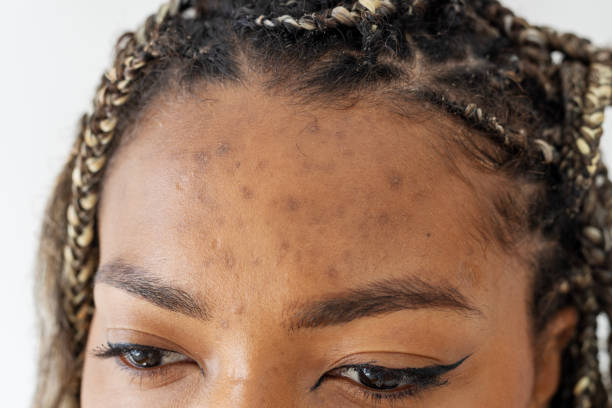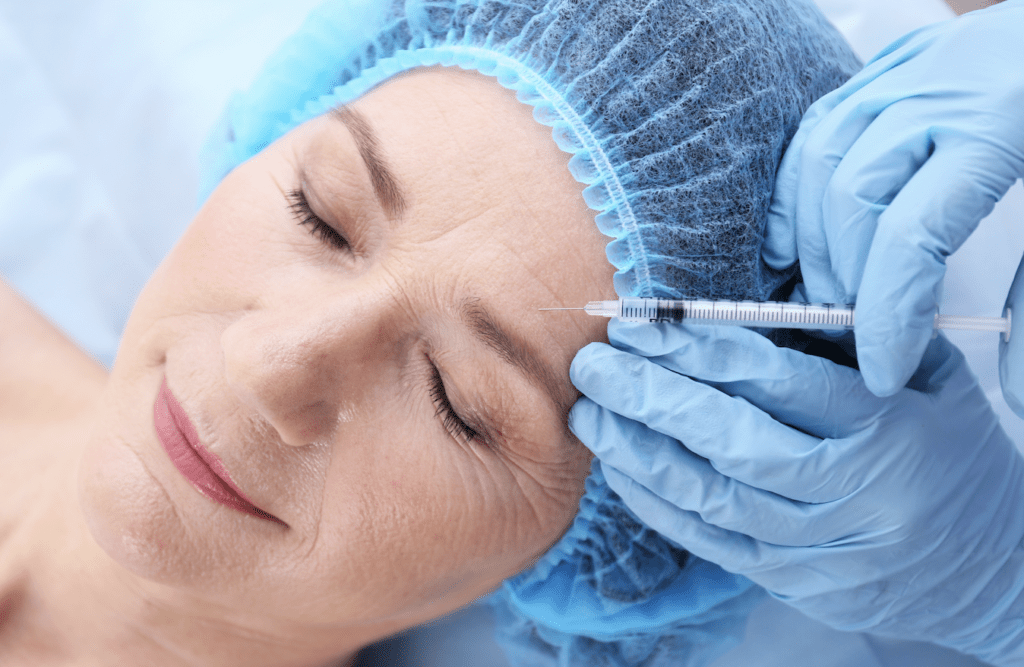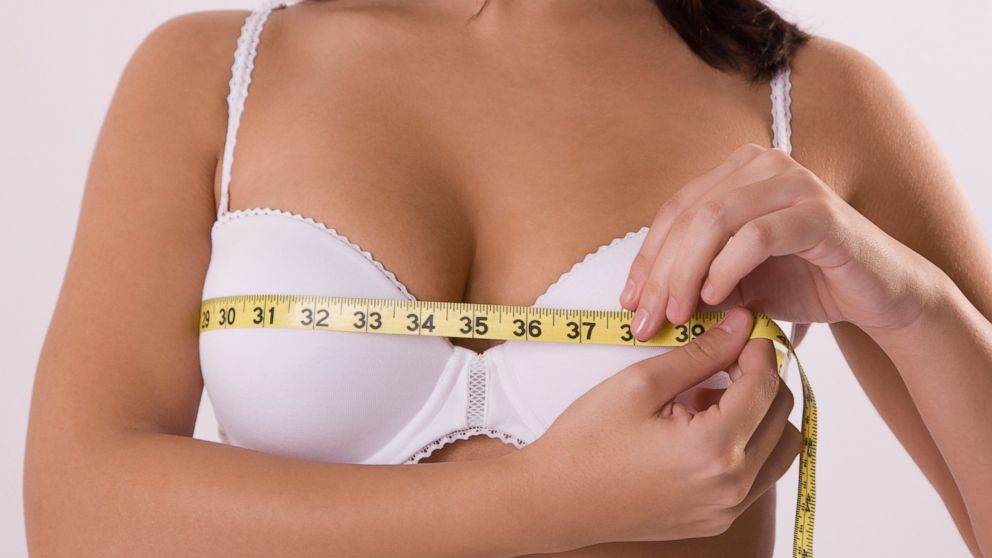Understanding Facial Proportions
The Golden Ratio and Chin Position
Facial aesthetics often follow the “golden ratio,” a mathematical concept of harmony used in art, architecture, and even cosmetic surgery. In facial aesthetics, this principle helps determine the ideal position and projection of the chin relative to the forehead and nose. A well-proportioned chin contributes to a pleasing side profile and overall facial balance.
Skeletal Anatomy and Chin Augmentation
The chin is part of the mandible, or lower jawbone. Its position, shape, and angle influence the contours of the lower face. Scientific assessments of bone structure help identify whether enhancement is needed and determine the best augmentation technique to achieve proportional results.
Chin Augmentation Materials and Technologies
Medical-Grade Implants
Chin implants are often crafted from durable, biocompatible materials such as silicone or porous polyethylene. These implants are designed to integrate well with surrounding tissues and mimic the density and texture of natural bone. The material is selected for flexibility, stability, and long-term safety.
Injectable Dermal Fillers
Modern dermal fillers used in chin augmentation contain substances such as hyaluronic acid or calcium hydroxylapatite. These substances are naturally found in the body and are engineered to provide volume, stimulate collagen production, and allow for gradual absorption. They are scientifically formulated for precise control, longevity, and reversibility.
Autologous Fat Transfer
Fat grafting techniques rely on liposuction to collect the patient’s fat, which is then purified and re-injected into the chin area. The fat cells are carefully processed to maximize their survival and integration. This natural enhancement method is supported by research into fat viability and vascularization.
Technological Advancements in Planning
3D Facial Imaging
3D imaging technology is used to map out the face in high detail, enabling precise treatment planning. Digital simulations help individuals visualize potential outcomes, while also guiding the practitioner in sculpting an enhancement that fits the unique contours of the face.
Computer-Aided Design (CAD) Implants
Some advanced surgical practices utilize CAD software to design custom chin implants. These digitally tailored implants are based on the individual’s bone structure and facial symmetry, offering a precise fit and a highly personalized result.
Non-Surgical Chin Enhancement Science
Filler Rheology
The behavior of dermal fillers under stress, known as rheology, determines how well a filler maintains shape, resists movement, and integrates into the tissue. Fillers used for chin augmentation are specifically formulated to remain firm and supportive in the lower face, where structural definition is critical.
Collagen Stimulation and Skin Quality
Beyond volume, certain fillers promote collagen production, which strengthens skin and improves firmness. This biological response enhances the durability of results and supports the natural structure over time.
The Role of Soft Tissue and Muscles
Mentalis Muscle and Chin Shape
The mentalis muscle, located at the tip of the chin, plays a role in facial expressions and skin tension. An understanding of muscle dynamics is essential during augmentation to avoid distortion or overcorrection. The interaction between muscle movement and implant or filler placement is a key scientific consideration.
Fat Distribution in the Lower Face
Modern chin augmentation also considers how submental fat (under the chin) and surrounding soft tissue influence contour. Achieving definition often involves a combination of augmentation and volume reduction for optimal sculpting.
Biomechanics of Chin Support
Load Distribution
Implants and fillers must endure natural forces exerted during talking, chewing, and facial movement. Biomechanical principles are applied to ensure that augmented structures withstand stress without shifting or degrading. Implants are anchored against the jawbone, while fillers are placed at precise depths to avoid migration.
Integration with Bone and Tissue
Implants are designed to remain stable over time, while some materials promote tissue adherence to reduce movement. Fat grafts must form new blood supplies to survive, requiring scientific understanding of vascularization and cellular regeneration.
Regenerative Medicine and Chin Augmentation
Platelet-Rich Plasma (PRP)
In some fat grafting procedures, platelet-rich plasma is used to improve fat cell survival and encourage healing. PRP, rich in growth factors, enhances tissue repair and collagen formation, further contributing to natural-looking results.
Stem Cell-Enriched Fat Transfer
Emerging research explores the use of stem-cell-enriched fat in chin augmentation. These cells have regenerative properties that may improve integration, increase fat survival, and support healthier skin and tissue.
Patient-Specific Customization
Gender and Ethnic Considerations
Scientific approaches to chin augmentation consider gender-specific and cultural differences in beauty standards. While some individuals seek a strong, angular chin, others may prefer a soft, rounded contour. Customization is supported by anatomical studies and anthropometric data.
Age-Related Changes
Aging results in bone resorption, fat redistribution, and skin laxity—all factors that influence chin shape. Scientific planning addresses these changes to restore youthful balance and support facial rejuvenation alongside augmentation.
FAQs on the Science of Chin Augmentation
What makes modern chin augmentation so precise?
Advancements in imaging, biomaterials, and digital design have elevated the precision of chin enhancement. Every procedure is customized to match an individual’s anatomy, guided by science-based tools and planning.
How do fillers work in chin augmentation?
Fillers are injected into specific areas of the chin to add volume, projection, or contour. They are composed of substances that either remain temporarily or stimulate natural tissue responses like collagen production.
Why is bone structure so important in planning?
The shape and position of the jawbone determine how the chin projects and aligns with the rest of the face. Scientific analysis of bone structure ensures that augmentation creates harmony rather than imbalance.
Can the chin be augmented without surgery?
Yes, non-surgical chin augmentation using dermal fillers is popular for its minimal downtime and reversible results. It offers a temporary enhancement ideal for those not ready for surgery.
Is fat transfer to the chin effective?
Fat transfer can be very effective when done correctly. The success depends on fat cell survival, which is supported by scientific methods such as careful purification, precise injection, and supportive techniques like PRP.
Conclusion
Modern chin augmentation is a blend of science, artistry, and innovation. Whether achieved through implants, fillers, or fat transfer, the process is grounded in anatomical knowledge, advanced materials, and precise technologies. This scientific foundation ensures that chin enhancements are not only aesthetically pleasing but also stable, personalized, and safe. As the field continues to evolve, individuals seeking facial harmony can benefit from more refined and effective chin augmentation options than ever before.







0 Comments